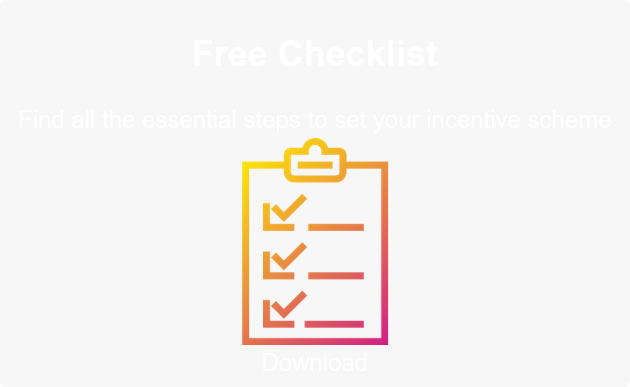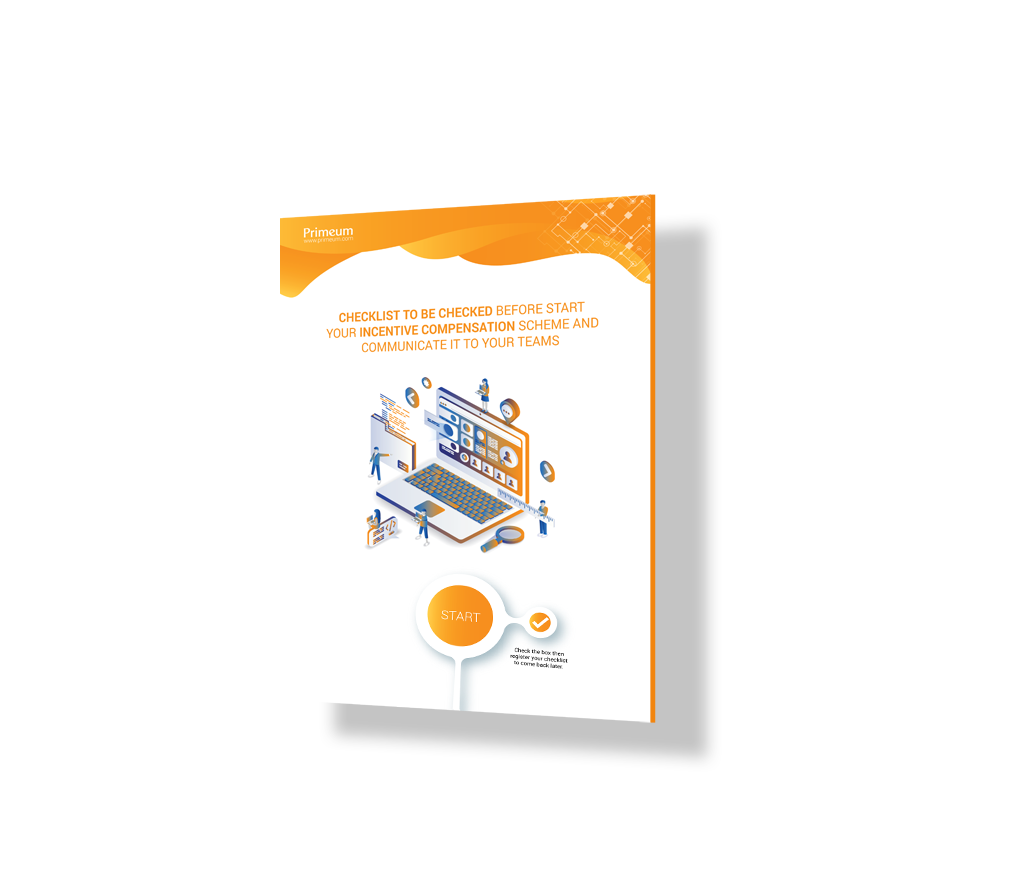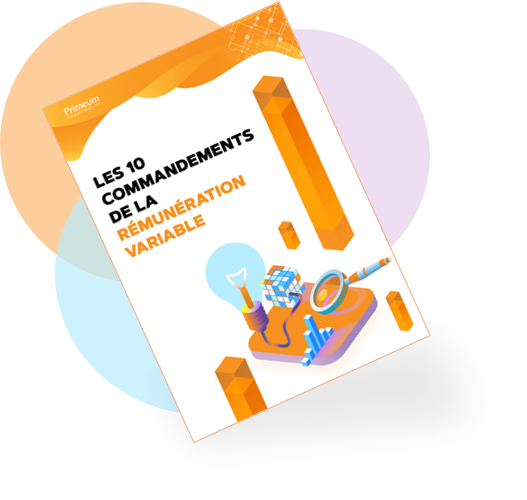Customer satisfaction is a criterion that is difficult to quantify and analyzed because inevitably subjective. Without a proper measuring tool, this customer satisfaction would be just another concept. Here are some effective practices, both in BtoC and BtoB.
Customer satisfaction is now an essential indicator for calculating the company's performance. In an ever-changing world, customers' needs are moving more than ever: their consumption habits are changing; they can at any time be seduced by the offer of competition. With digital, the competitor is indeed just a click away from you ...
CUSTOMER SATISFACTION: AN INDICATOR THAT BRINGS A LOT
To remain competitive, the company must necessarily, and regularly, find its strengths and levers of improvement. This daily state of mind allows it to deal instantly with specific issues, but also to readjust its global strategy if necessary. For this, it must measure the satisfaction index of its customers, but also its employees and managers. To progress, you must be able to measure yourself.
Measuring satisfaction obviously costs money, but this financial effort is necessary. This investment pays a lot, creates an internal dynamic, which will allow to legitimize many decisions. Christian Barbaray, author of the book Satisfaction, loyalty and customer experience: listening to its customers for a successful company explains that "the customer will indeed give legitimacy to the choices that have been made, which will move the whole world in the same direction. This author, expert in the measurement of satisfaction, has listed 18 tools for listening and monitoring the possible customer experience (internally, externally, etc.).
BTOC: THE SATISFACTION SURVEY TO OPTIMIZE YOUR PROFITABILITY
Well known from consumers, the traditional customer satisfaction questionnaire is sent once the service is performed. The difficulty? Few consumers actually take the time to fill it. Hence a risk of misperception of the overall satisfaction rate.
Several formats are possible: from the traditional paper questionnaire to be completed with a pencil to that on a tactile tablet, via the web via the sending of an email, or even the accessibility by a QR Code directly on the product. Namely, these QR codes have the advantage of being geolocated. They help to get relevant information directly to the relevant field teams.
By feeling the pulse, right after your delivery, you will probably be more likely to identify specific incidents and can attempt to correct them quickly. With a long-term indicator, you will be able to measure the evolution of satisfaction and your brand image more global. Know how to mix these two units of time in order to emerge a fair vision of the satisfaction of your customers.
In any case, it is a question of sending back these measures to your teams. It is important to take into account the unmet needs of customers and correct the bad practices of salespeople to optimize their profitability. Thanks to this collected data, you can completely prioritize your salespeople according to the factor of the satisfaction of their customers.
BTOB: A MORE DIFFICULT CALCULATION OF CUSTOMER SATISFACTION
A preliminary observation: in BtoB, calculating customer satisfaction is part of the obstacle course. An SME will probably find it more difficult to conduct a satisfaction survey with interesting results to analyze on a few clients only, unlike a large group of several hundred customers.
It is in the managers' interest to follow performance indicators that truly prove customer satisfaction, in order to properly prioritize their sales teams. These KPIs can for example be the recurrence of purchases by customers, the frequency of sales of a product / service, their ability to perform upselling or cross-selling, etc. These last two are sales methods to boost sales figures. The first is to encourage customers to buy more related products. The second to pass in a premium range of products.
You can consult our article dedicated to the establishment of a qualitative bonus to motivate your sales representatives





